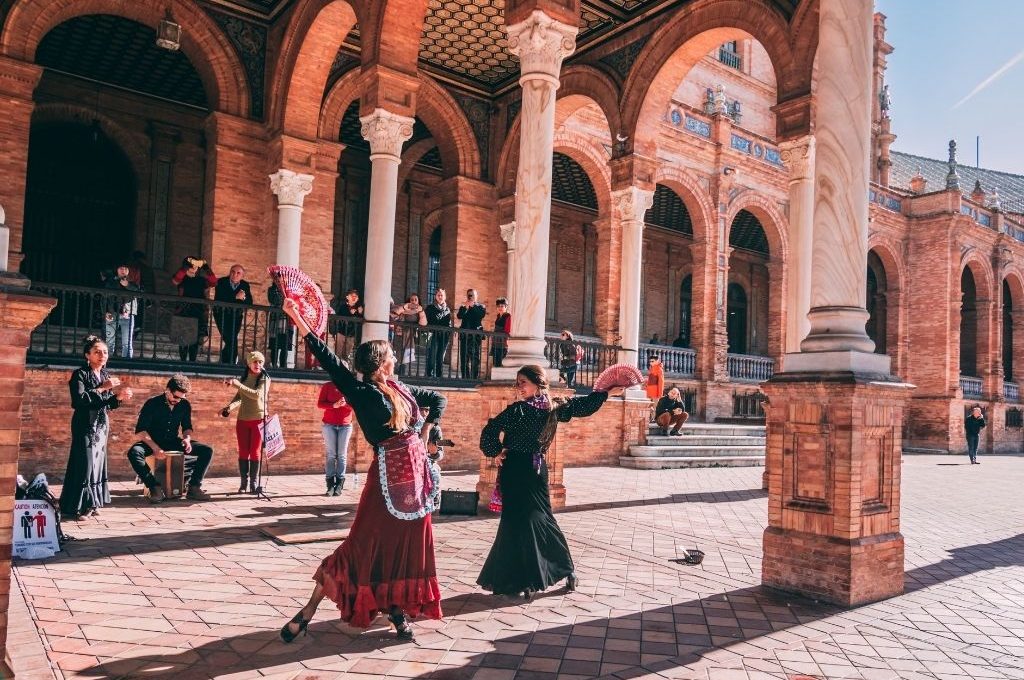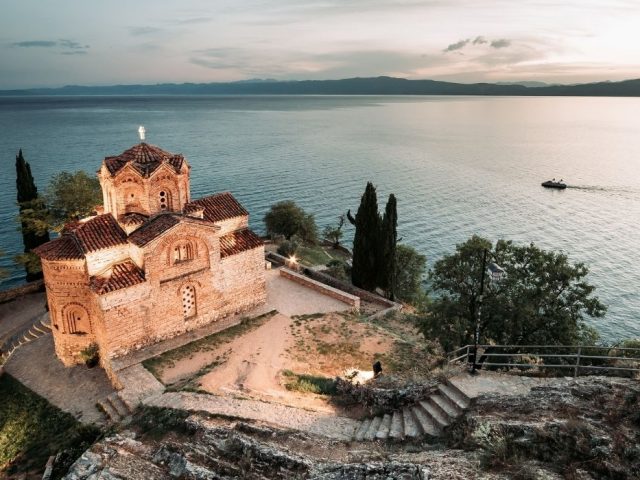Andalusia… With its colors, culture, and orange trees, it is undoubtedly a fascinating geography. 🧡 Seville is the very heart of this region! It has hosted important events in the past. The journey of Christopher Columbus, who set sail to discover America, and the author of the world’s first novel, Don Quixote, Cervantes, both passed through here. Diego Velazquez, who left behind a masterpiece called “Ladies-in-Waiting,” was also born in this city!
Also, an interesting fact: Antalya’s city planning was done taking Sevilla as an example. You can check out our articles on Antalya by clicking here.
Before starting the article, let’s remind you: Don’t forget to download the Piri Guide mobile app to explore Seville step by step with your personal and digital tour guide! 😊
Where is Seville?
Seville, a beautiful city in the heart of the Mediterranean, is a favorite destination for many travelers. It is located in the southwestern part of Spain, in the historically and artistically rich region of Andalusia. In fact, it is the capital of the Autonomous Community of Andalusia.
The Best Season to Visit Seville?
When we think of the Mediterranean, the first thing that comes to mind is, of course, summer vacation. However, during the summer, Sevilla experiences a serious influx of tourists and incredibly high temperatures. Therefore, it is advisable to choose the spring season. In fact, the most famous events in Sevilla, Holy Week (Semana Santa) and the Seville Carnival, take place in spring.
Where to Stay in Seville?
Seville offers many beautiful accommodation options for visitors. Let’s explore a few options together:
El Arenal: This is one of the most preferred neighborhoods in Seville, and one of the reasons is its proximity to tourist attractions. Additionally, it hosts the most popular cafes, restaurants, and bars. However, if you choose this area, be prepared for some noise at night as people continue to enjoy themselves.
Santa Cruz: This is an ideal place for history enthusiasts within Seville. Most of the houses in the neighborhood have been converted into boutique hotels. It’s a safe and quiet option in a comfortable neighborhood.
La Cartuja: Located on an island in the middle of the Guadalquivir River, this area houses the Andalusian Contemporary Art Center, where many concerts and plays take place. The island also offers pleasant nature walks in the surrounding forest.
Must-Visit Places in Seville
We’ve made a list of must-visit places in Seville. Yet, we should remind you that you can find more on Piri Guide mobile app. Piri Guide detects your location, offers you the best travel routes, and starts telling you the hidden stories of wherever you are. All you have to do is to get your headphones or earbuds and follow the path at your own pace. Then, don’t set out for your trip before downloading the digital travel guide! 😊
Seville Cathedral

You’ve probably heard the name of Seville Cathedral because it is currently the largest Gothic cathedral in the world! In fact, it was once the largest cathedral in the world in any architectural style.
Both the cathedral itself and the historical significance of the area it occupies are immense. During the period when Seville was under the control of the Almohads, the Great Mosque of Ishbiliya was located in the area where the cathedral stands today. In 1248, when the city fell into the hands of Christians, the Ishbiliya Grand Mosque was converted into a church, and later it was demolished to begin the construction of the structure we see today. Sevilla Cathedral has been listed as a UNESCO World Heritage Site since 1987. If you are interested in architecture, we recommend spending a few hours exploring and photographing this cathedral.
Alcazar
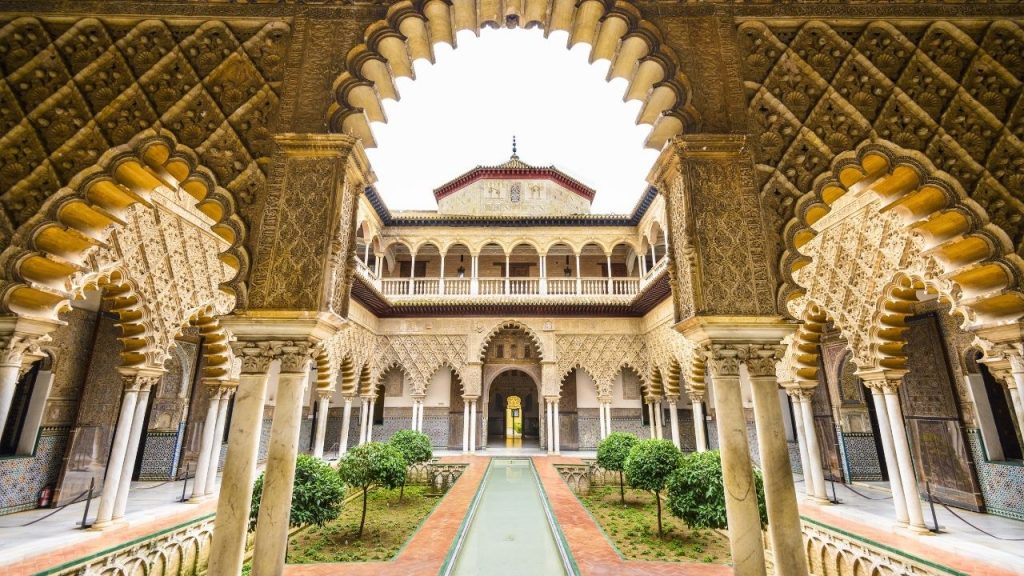
“Alcazar” comes from the Arabic “al-qasr,” which means “palace” or “fortress.” The word “Alcazar” refers to palaces surrounded by thick walls dating from the Islamic period and the periods that followed. So, when we say Alcazar, we not only think of this complex in Seville but also structures in Granada, Cordoba, Toledo, and other places. These palace complexes are typically located inside or very close to ancient settlements referred to as “alcazaba” or “al-qasaba.”
This palace was first built in the 12th century. Later, in the 14th century, during a new construction process initiated by King Peter I, all parts of the palace except the outer walls and the Lion Gate were demolished. Despite being a Christian king, Muslim craftsmen worked on the construction of his palace. The resulting architectural synthesis is known as “Mudejar.” The term “Mudejar” is derived from “mudeccen,” meaning “settled in a place and adapted to it.” This term was used from the 15th century onwards for Muslims who remained in the Andalusian region after its Christianization.
House of Pilate
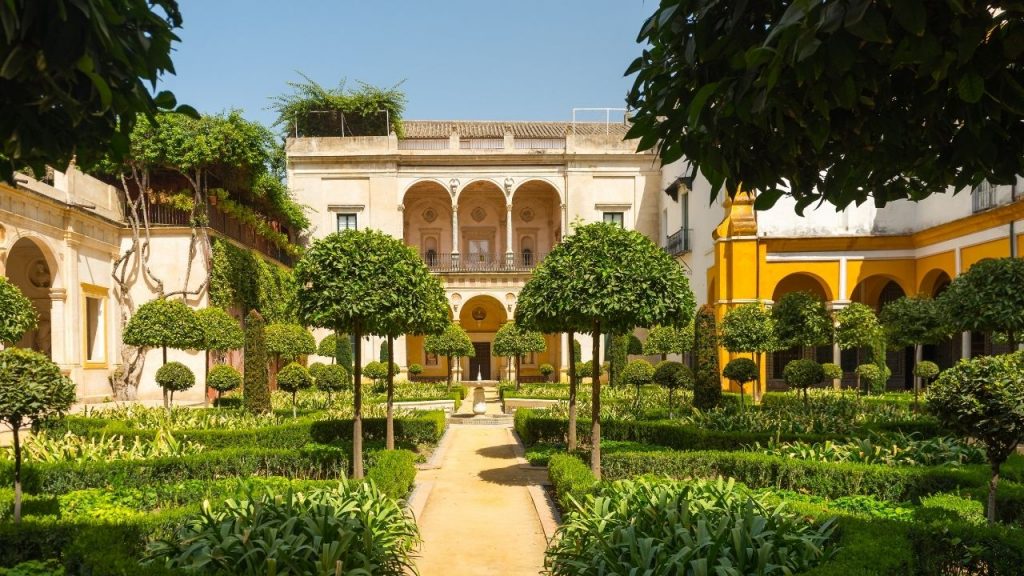
The palace, more commonly known as the “House of Pilate,” was the residence of the Duke of Medinacelli. Construction of the palace began in the 15th century, but continuous additions of gardens, courtyards, and halls extended the construction into the 16th century. The building commenced at the request of Pedro Enríquez de Quiñones and his wife Catalina de Ribera, nobles of the time, and was completed during the era of their son, Fadrique Enríquez de Ribera. The reason behind the palace being referred to as the “House of Pilate” is believed to be the strong influence of the stories heard by Ribera’s son during his pilgrimage to Jerusalem. According to legend, this house is considered a replica of the residence of Pontius Pilate, the Roman governor who withdrew from his duties after refusing to judge Jesus.
Metropol Parasol

This structure is the world’s largest wooden structure. Yes, indeed, the largest. So, why is there such a massive wooden structure here? A giant umbrella! Let’s take a look at its story.
Encarnacion Square used to be a classic market square. However, when the surrounding buildings were demolished, the square remained vacant. Authorities, thinking that this empty and idle space in the heart of the city needed to be utilized, began to ponder, “What can we do?” Eventually, a decision was made to organize an international design competition. Many architects participated in the competition to contribute this vacant space to the people of Seville.
The winner of the competition was the German architect Juergen Mayer and his team. Their project, Metropol Parasol, was liked by the jury, and construction began immediately.
Structures created by weaving wooden materials are called “canopies.” You can think of canopies as modern awnings used to protect people from rain, snow, and sun in the outdoor spaces of buildings. This structure, meaning “city umbrella” in Spanish, takes on the role of a giant wooden umbrella for the people of sunny Seville from spring onwards.
Spain Square and Maria Luisa Park

This is one of the must-visit places if you come to Sevilla. Spain Square covers an area of about 46,000 square meters. However, the park it is part of, Maria Luisa Park, is approximately 5 times larger, making it the largest green area in the city!
The park was designed by Jean-Claude Nicolas Forestier for a fair held in the city between 1920 and 1930. Forestier, a renowned landscape architect, also designed the gardens of the Eiffel Tower, which were created for another fair. Perfect for a peaceful stroll!
Speaking of the Eiffel Tower, you can access our articles about Paris by clicking here.
Torre del Oro
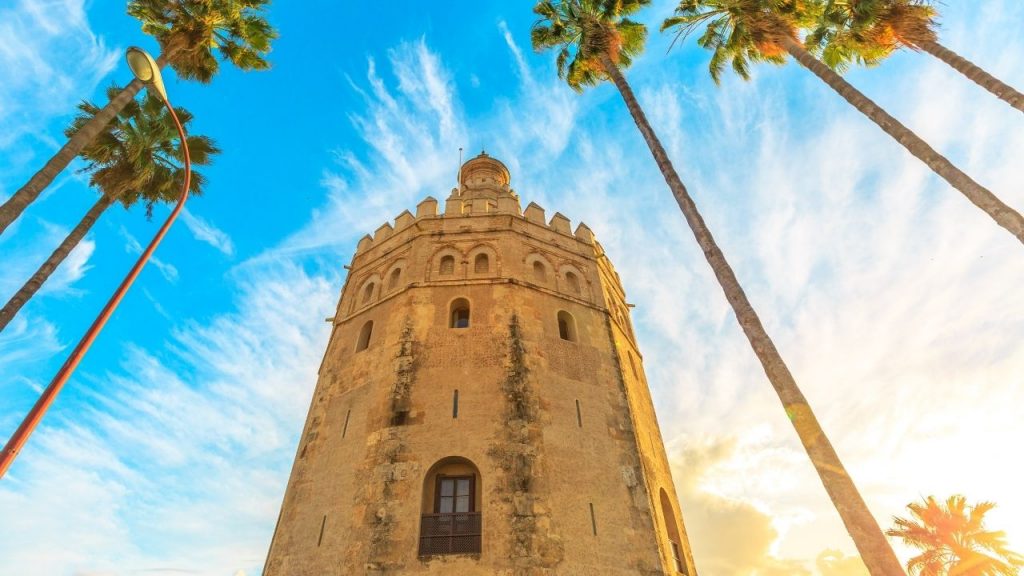
Torre del Oro, or the Golden Tower, was built by the Almohads in 1220-21. Since Sevilla was a port city, the tower played a role in observing and defending the port in the past. According to sources, the tower is 36 meters high and consists of three tiers. Only the first two tiers were built in the 1200s. The cylindrical structure at the top, with a golden dome, was added after the Great Lisbon Earthquake of 1755.
Since 1944, the Golden Tower has been serving as the Naval Museum. We recommend visiting the museum to see numerous unique pieces related to Spain’s maritime history.

